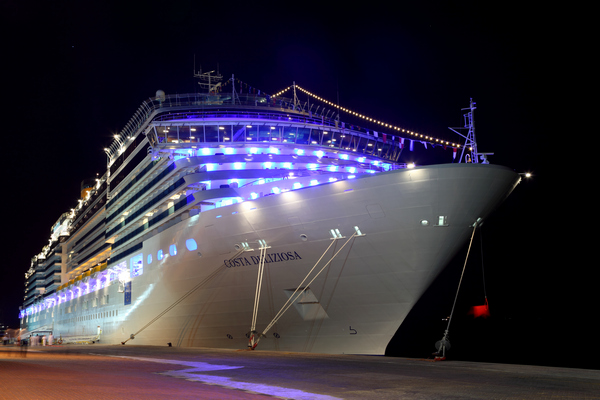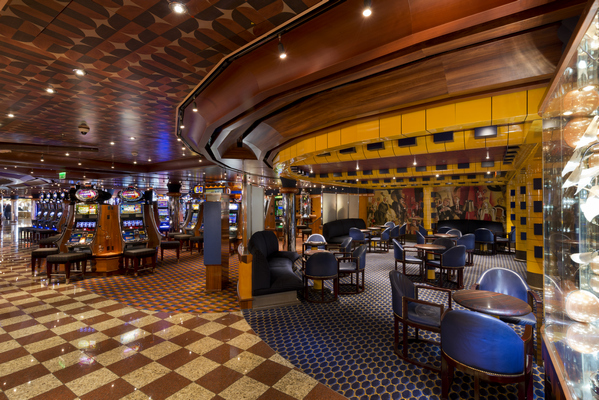Royal Philips, the global leader in lighting, has completed the upgrade of 10 ships for Europe’s leading holiday cruise company, Costa Cruises. More than 300,000 Philips LED lights have been installed to enable a 60% reduction in the energy used to power each ship’s lighting.
 |
|
One of the Costa Cruises ships installed with Philips LEDs docked at the bay. (All photos courtesy of Philips) |
Electricity aboard ships is exclusively powered by diesel motors, and this lighting renovation across 10 ships enables total annual savings of 30,000 tonnes in CO2 emissions. The switch to energy efficient LED technology is the latest step towards Costa Cruises’ goal to slash its CO2 emissions according to targets it set out in its Sustainability Report published in 2014.
 |
|
LED upgraded Cosa Cruise ship at sea. |
Stefania Lallai, Costa Cruises Sustainability Director, commented: “This initiative between two companies engaged in providing solutions for the mitigation of the impact on the environment represents another step forward by Costa Cruises in the field of sustainability. The lighting project with Philips is an important initiative undertaken to lower the CO2 impact generated by our fleet and to reduce energy consumption on board.”
 |
|
The cruise ships interior lounges lit up in warm colored LEDs. |
Philips’ MasterLED spots and CoreProLED tubes installed on the cruise ships emit excellent quality white light that does not irritate or tire the eyes. Moreover, the LED lighting is longer lasting (up to 40,000 hours) and provides a bright, warm and inviting atmosphere for passengers. Philips completed the relamping of three ships back in 2013, with the lighting of the remaining seven ships completely renovated by December 2014. Philips is also involved in the LED lighting renovation of Costa Cruises’ headquarters in Genoa, Italy.
 |
|
LED chandelier illuminates a hall on the ship. |
“Travel by sea already has the lowest carbon footprint compared to other forms of transport in the wider tourism industry,’’ said Nicola Kimm, Head of Sustainability for Philips Lighting. ‘’Think of cruise ships as self-contained mini floating cities, powered by their own energy supply. Switching from 50 Watt bulbs to 7 Watt LED technology increases energy efficiency by more than halving each ship’s electricity consumption required for lighting.’’
The global cruise industry is expected to be worth nearly US$ 37 billion (EUR 33 billion) in revenues by the end of 2014¹. Meanwhile, the number of passengers carried by the cruise industry has been growing year on year and is expected to exceed 24 million in 2018.















